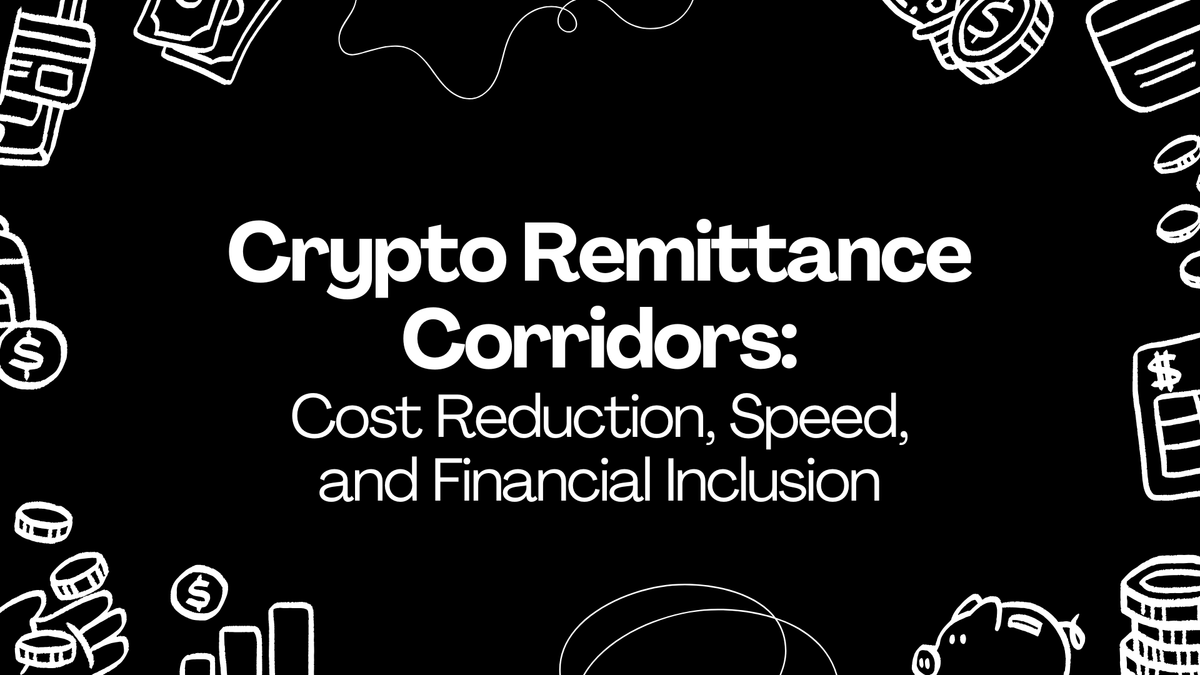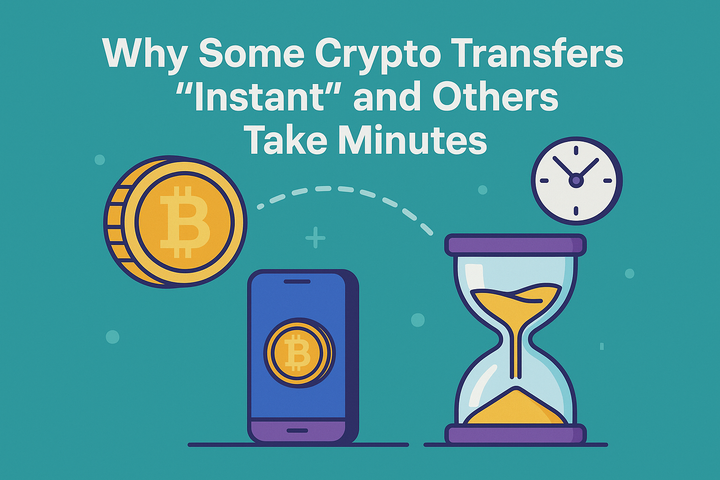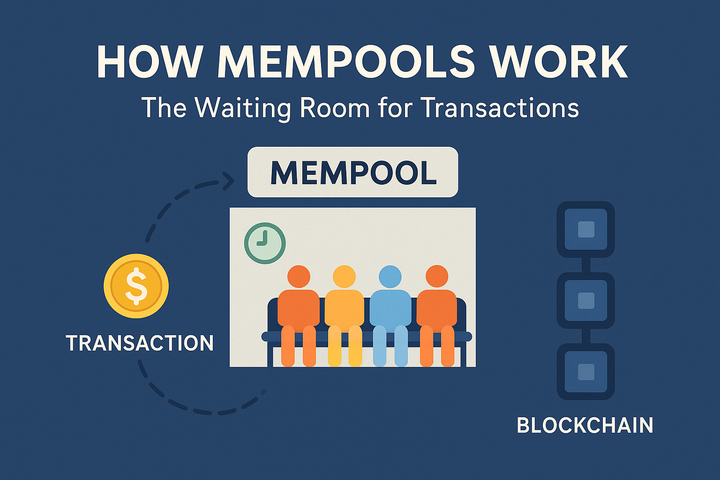Crypto Remittance Corridors: Cost Reduction, Speed, and Financial Inclusion

Introduction
Remittances, defined as money transfers by migrant workers to their families in home countries, are a vital component of the global economy. In 2021, remittances to low- and middle-income countries (LMICs) reached USD 605 billion, underscoring their importance for economic development. However, traditional remittance systems often face high costs, slow processing times, and limited accessibility, particularly for the unbanked. Crypto remittances, utilizing cryptocurrencies and blockchain technology, offer a promising alternative by potentially reducing costs, increasing speed, and enhancing financial inclusion.
Understanding Crypto Remittance Corridors
A remittance corridor refers to the flow of money between two specific countries, such as the United States and Mexico, which is the largest globally, with USD 59 billion transferred in 2022. Traditional remittances involve multiple intermediaries, like banks and money transfer operators, leading to high fees and delays. Crypto remittances, however, leverage blockchain for peer-to-peer transactions, eliminating intermediaries and potentially transforming the industry.
Cost Reduction: A Significant Advantage
One of the most compelling benefits of crypto remittances is cost reduction. Traditional remittances often incur fees averaging 6%, with some corridors experiencing higher costs. For instance, sending USD 200 across borders typically costs USD 13, or 6.2%. These fees can be burdensome for migrant workers, especially for frequent small transfers.
Crypto remittances bypass intermediaries, significantly lowering fees. Research suggests savings of up to 96.7%, with Bitcoin transactions averaging USD 1.50 and Ethereum at USD 0.75 per transfer. Additionally, blockchain solutions like L1X aim for transaction costs as low as USD 0.00001, making remittances more affordable. This cost reduction aligns with global goals, such as the UN's SDG 10.c target to reduce remittance costs to below 3% by 2030.
Speed: Near-Instantaneous Transactions
Speed is another area where crypto remittances excel. Traditional remittances can take one to ten days to settle due to multiple correspondent banks and validation processes. In contrast, crypto transactions are typically completed within minutes, 24/7, thanks to blockchain's decentralized nature. For example, L1X aims for 50,000 transactions per second with block creation in 500 milliseconds, enabling real-time settlements. This speed is particularly beneficial in urgent situations, such as emergencies, enhancing the utility for users.
Financial Inclusion: Empowering the Unbanked
Financial inclusion is a critical benefit, as crypto remittances provide access to financial services for the unbanked and underbanked. Globally, over 1.4 billion adults lack banking services, especially in emerging economies where up to 65% may be unbanked or underbanked. Traditional remittances often require a bank account, which can be a barrier.
Crypto remittances, however, only require an internet connection and a digital wallet, making them accessible to anyone with a smartphone or computer. This is particularly impactful in regions like sub-Saharan Africa, where banking infrastructure is limited. Over 25% of US cross-border remittances already use cryptocurrencies, demonstrating their growing role in financial inclusion. By enabling the unbanked to participate in the global economy, crypto remittances can foster economic empowerment and reduce poverty.
Challenges and Considerations
Despite these benefits, crypto remittances face several challenges:
- Regulatory Uncertainty: Many countries have unclear or restrictive regulations on crypto transactions, hindering adoption. For instance, around 20% of sub-Saharan African countries have banned crypto assets, despite potential benefits.
- Volatility: Cryptocurrencies are volatile, affecting remittance values. However, stablecoins, pegged to fiat currencies like the US dollar, offer stability. In Venezuela, where the national currency is highly volatile, stablecoins have provided a reliable option.
- Security Concerns: Managing private keys and securing wallets can be challenging, especially for less tech-savvy users, deterring adoption.
- Adoption and Awareness: Low awareness, particularly in low- and middle-income countries, remains a barrier. Education and user-friendly platforms are essential.
- Last-Mile Delivery: Converting crypto back to fiat and accessing funds can be difficult in regions with limited banking infrastructure. Partnerships with local financial institutions or mobile money providers can help.
Despite these challenges, innovations like stablecoins and improved user interfaces are addressing them, paving the way for wider adoption.
Case Studies: Real-World Applications
The US-Mexico corridor exemplifies the impact of crypto remittances. As the largest corridor, it sees billions transferred annually, with Mexico receiving over USD 35 billion in 2018. Traditional methods often have high fees and delays, but crypto platforms like Bitso, Coinbase, and Circle are disrupting the market. Bitso processed USD 3.3 billion in remittances from the US to Mexico in 2023, with fees below 1%. Another example is BitPesa in sub-Saharan Africa, offering fees from 1% to 3%, demonstrating cost and accessibility improvements.
Future Outlook: The Role of Stablecoins and Global Goals
The future of crypto remittances is promising, with stablecoins expected to stabilize values and increase appeal. Global initiatives like SDG 10.c aim to reduce costs to below 3% by 2030, and digital services, including crypto, have already reduced costs by 30% since 2013, from 9.1% to 6.4% in 2023. As awareness grows and regulations evolve, crypto remittances are poised to reshape cross-border payments.
Conclusion
Crypto remittance corridors offer significant potential for cost reduction, increased speed, and enhanced financial inclusion. By leveraging blockchain, they address traditional remittance challenges, making transfers more affordable and accessible. While regulatory and volatility issues persist, innovations are mitigating these, positioning crypto remittances as a transformative force in global economic development.
Key Points
Research suggests crypto remittances can lower costs, with fees potentially dropping by up to 96.7% compared to traditional methods.
It seems likely that crypto remittances are faster, often completing in minutes, compared to days for traditional transfers.
The evidence leans toward crypto remittances improving financial inclusion by serving the unbanked via internet and digital wallets.
There is some controversy around regulatory challenges and volatility, which may limit adoption in certain regions.
Key Citations
- MDPI Towards a Truly Decentralized Blockchain Framework for Remittance
- RIF Crypto Remittances Reducing Friction & Expanding Financial Inclusion
- FXC Intelligence Crypto and remittances in Mexico Fertile ground for innovation
- Cointelegraph Crypto remittances offer cheaper alternative but still face challenges to adoption
- Medium The Role of Crypto in Remittances Revolutionizing Global Money Transfers
- Coin Center Are cryptocurrencies useful for remittances
- Crypto for Innovation Crypto and Remittances Overview Challenges and Progress Ahead
- GSMA The trajectory of remittance costs Is the SDG 10.c target in sight
- OECD Can blockchain technology reduce the cost of remittances
MITOSIS official links:
GLOSSARY
Mitosis University
WEBSITE
X (Formerly Twitter)
DISCORD
DOCS



Comments ()